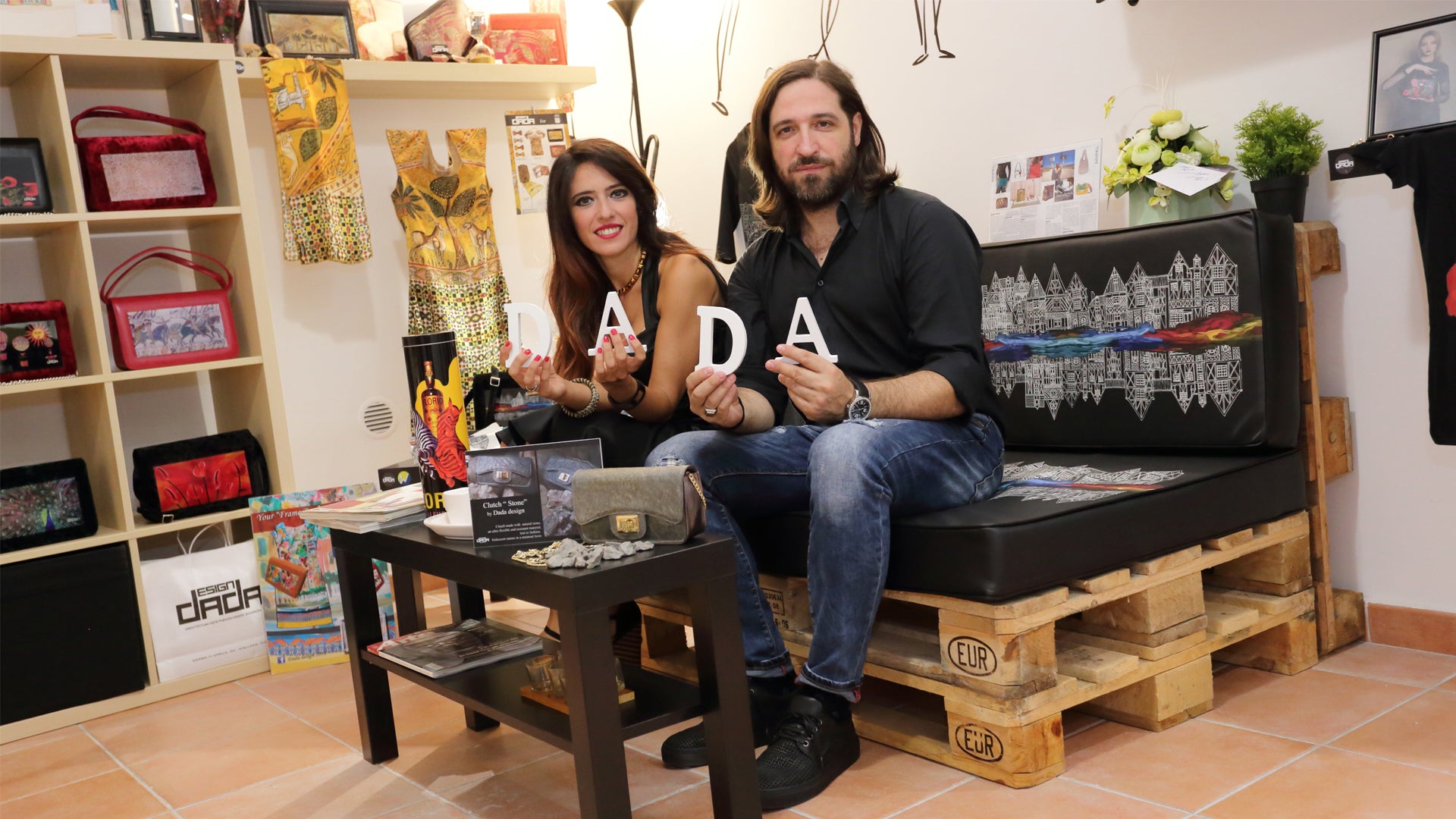
Francesca Ferrara and Ernesto Graditi
BEHIND THE BRAND
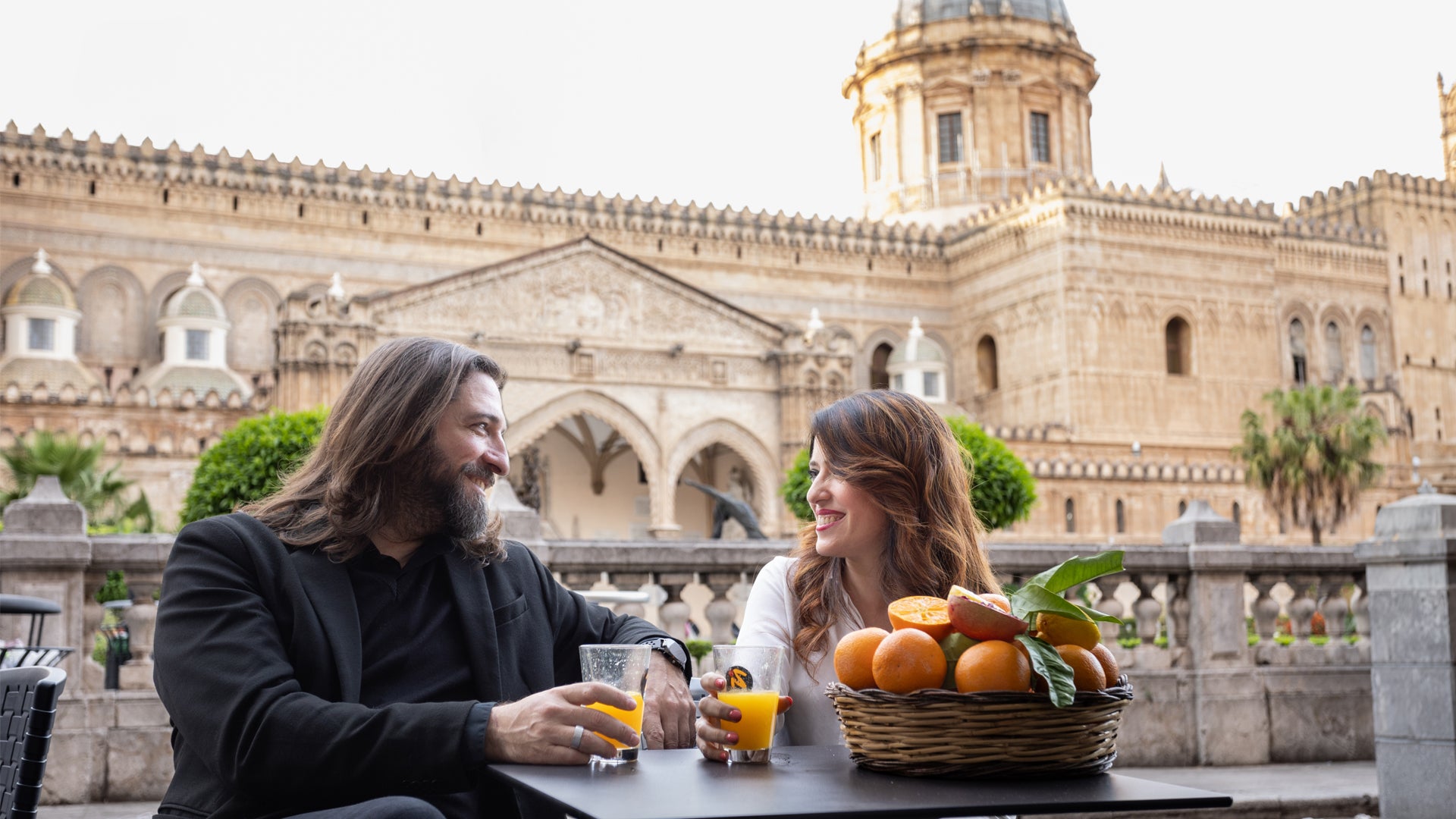
Francesca Ferrara and Ernesto Graditi
MEET THE DESIGNERS
PALERMO, SICILY, ITALY
Francesca Ferrara and Ernesto Graditi
Designing Art. Combination of modernity and tradition, designed in Palermo.
The DADAPUTÌA brand was born from the desire of two fashion designer architects, Ernest Graditi and Francesca Ferrara, to integrate art, history and design, parts of their cultural background, to offer unique products to fashion, each with its own history and its own personal soul.
The acronym DADA, Designing Art Dress Architecture, contains the philosophy of the brand because components of art, fashion and architecture coexist in our projects and products. DADAPUTÌA, is a union between the word DADA, and the word PUTÌA.
The so-called PUTÌA is a word in Sicilian that designates the so-called Sicilian shop. It is a real institution in Sicilian popular culture. In past centuries the putìa was the small shop of the shoemaker, of the seamstress for example, a place where people sold and bought but also where they went to exchange and talk about this and that with a trader in a friendly and informal spirit.
At our studio-showroom in Sicily, Palermo, our hometown, we plan, draw, compare, test new materials, and display our products. In DADAPUTÌA products, art floats in fashion, just as design marries tradition, in a mix of history and modernity, and in the name of research into quality materials.
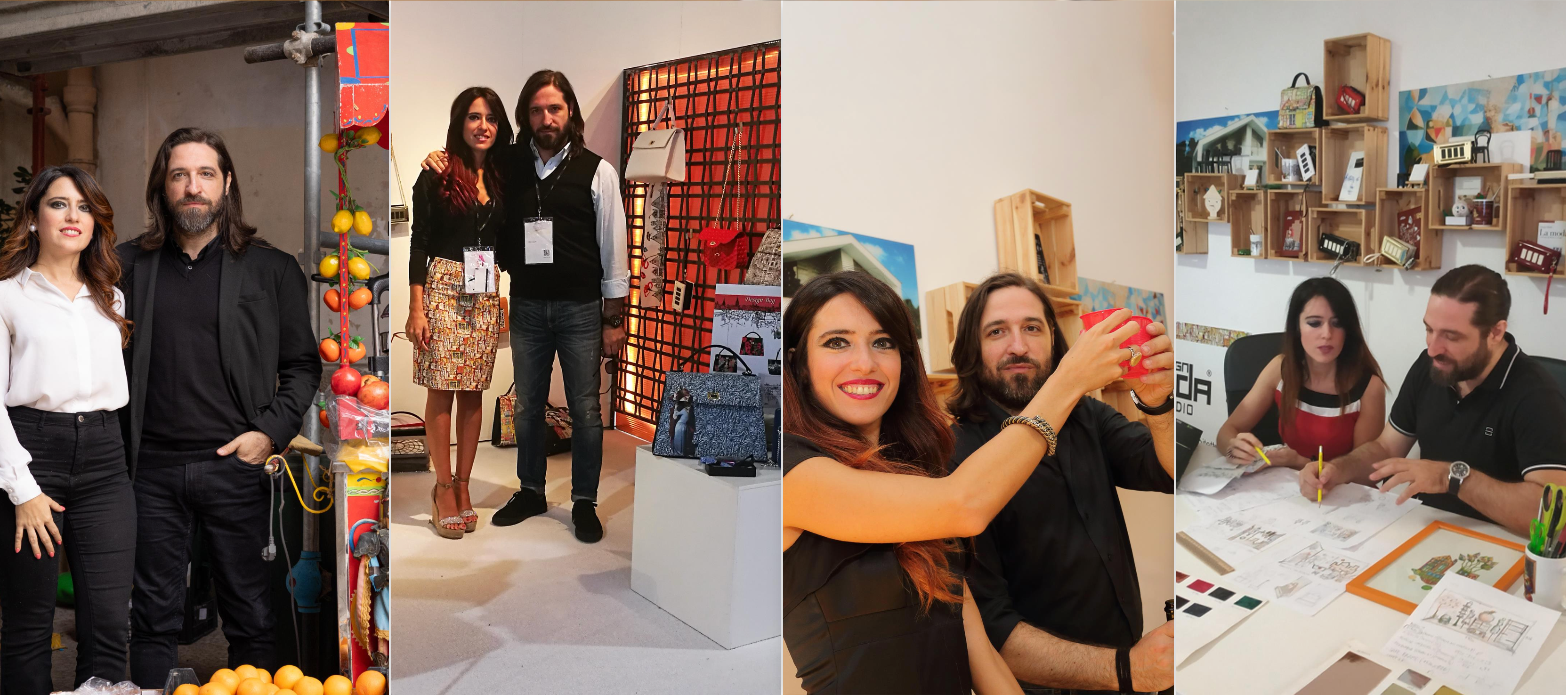
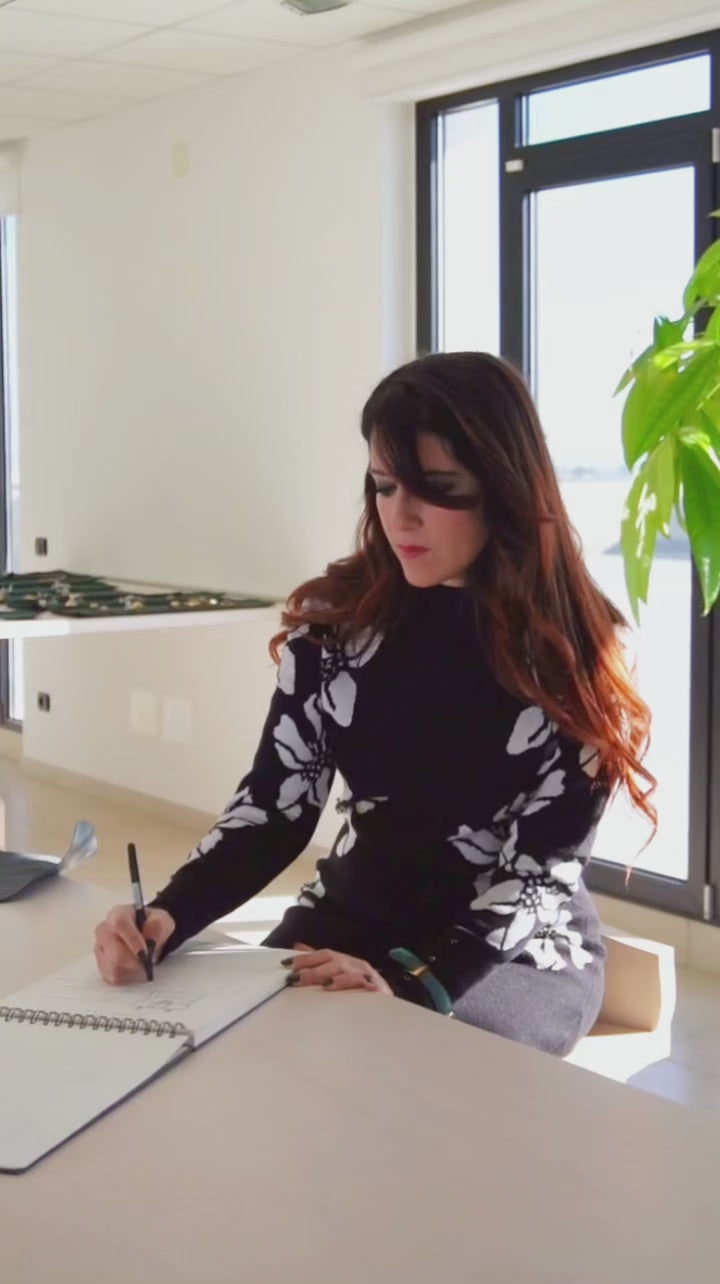
PALERMO, SICILY, ITALY
Palermo, our hometown, is the capital of the Sicily Region (Italy). The long history of the city and the succession of numerous civilizations and peoples have given it a remarkable artistic and architectural heritage. The city of Palermo was called Zyz (pronounced /ˈziːz/) by the Phoenicians (meaning the flower). The current name derives from the ancient Greek πᾶς, pâs, «all» and ὅρμος, hórmos, «port», «large port», due to the presence of the two rivers Kemonia and Papireto which created an enormous natural landing place, and became Panormus with the Romans. The Arabs pronounced the name of the city Balarm, a diction which was partially adopted in the official form Balermus of the Norman period.
Arab-Norman Palermo and the cathedrals of Cefalù and Monreale were declared a World Heritage Site by UNESCO in 2015. We are happy with this recognition, for us a great source of pride and a source of inspiration, from the sumptuousness of the gold to the multi-colour mosaics that you will find in the refined silks of our dresses or in the precious decorated and embroidered clutches.
Sicily: history, art, nature, tradition, unique flavors and colours; a mixture of cultures, influenced by the many ethnic groups that have passed through its territory. Thanks to its geographical position, it has played a role of great importance in historical events that have had the peoples of the Mediterranean as protagonists: from the Greeks to the Saracens, from the Normans to the Swabians, up to the Spaniards. It is a region full of contrasts, both social and geographical: the crystalline blue waters that contrast with the lush green of the coasts, both sandy and rocky and almost desert areas, are an inexhaustible source of discovery and inspiration.
Palermo is also a city of folklore: walking through its streets, you can come across historic markets full of the colors of the juicy yellow, orange and red local fruits, or in old shops where historic craftsmen still keep alive traditions such as that of the Sicilian cart or “coffee”, bags made with hand-woven Sicilian dwarf palm leaves.
Palermo also includes many historical- architectural emergencies such as two theaters of great beauty, the Teatro Massimo, one of the most important in Europe and the Politeama theater, as well as squares such as Piazza Pretoria, where the city's Town Hall is located; also worthy of note are the city's monuments located within the historic center and others distributed throughout the Palermo area: historic villas, watchtowers, tuna traps, rock graffiti, ancient churches or noble palaces. Also noteworthy are the sites protected by UNESCO such as the Palazzo dei Normanni with the Palatine Chapel, the Church of San Giovanni degli Eremiti, the Church of Santa Maria dell'Ammiraglio or della Martorana, the Church of San Cataldo, the Cathedral, the Zisa, the Ponte Ammiraglio, all buildings from the Arab-Norman era. Palermo and food, a millennial love relationship. The local gastronomy has lived at the forefront of the history of the city and the succession of events, courts and dominations that have made Palermo what it is now. Many of the typical Sicilian dishes bear the imprint of the Roman, Arab, French and Spanish populations, influencing their tastes and trends. In fact, Sicilian recipe books are rich in the flavors of this land, which has always been generous with agricultural products with unique flavors and characteristics.
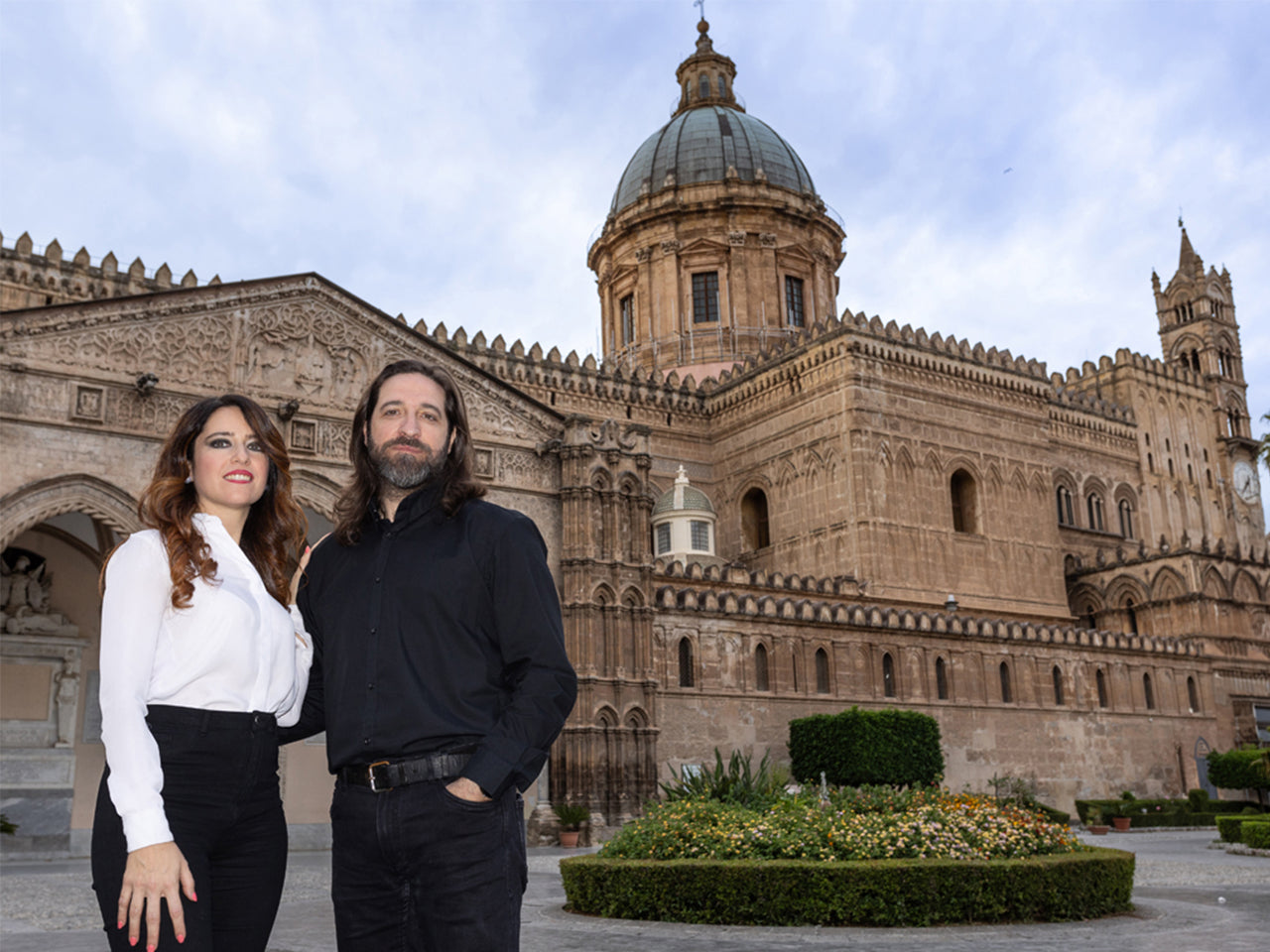
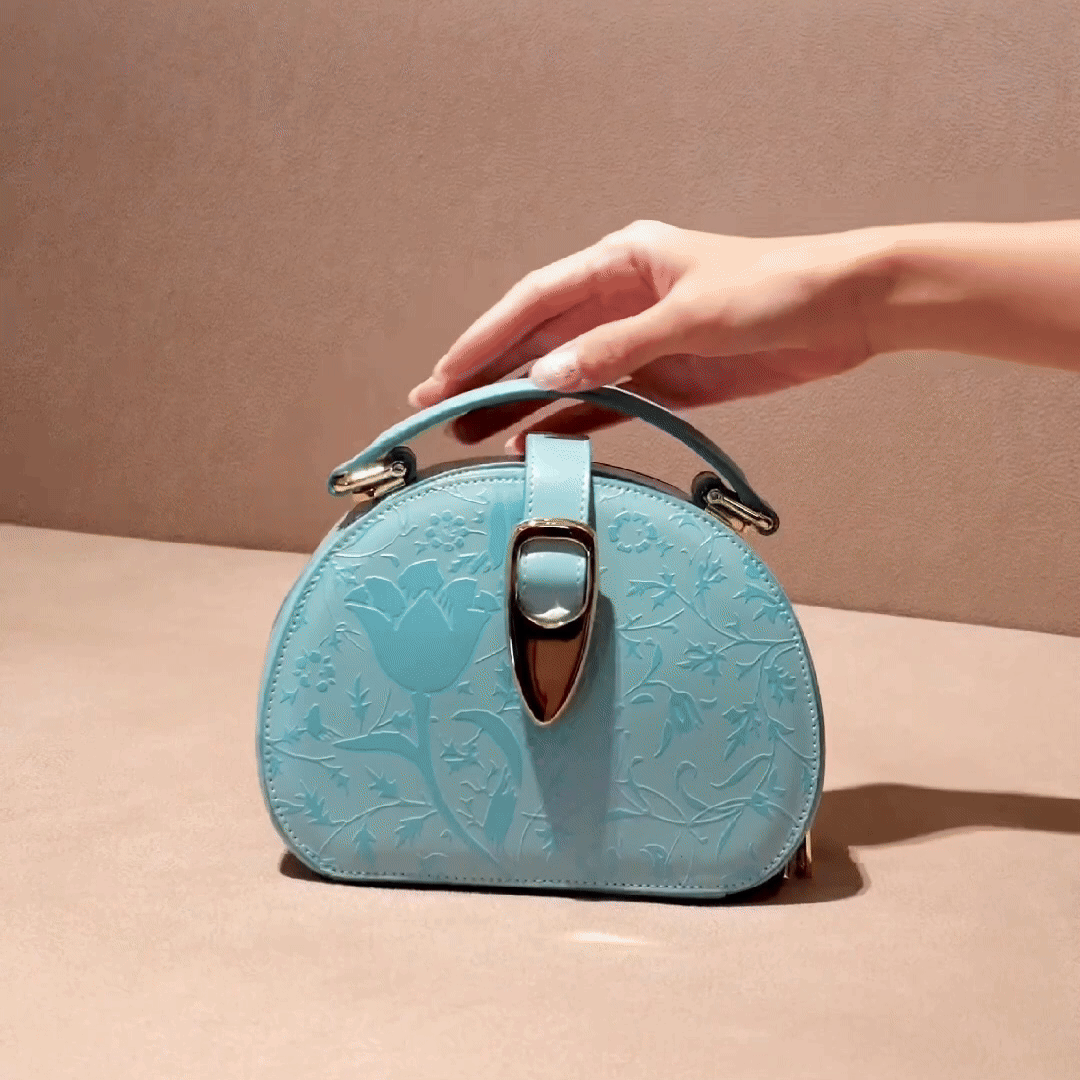
DESIGNING ART.
DESIGNING ART.
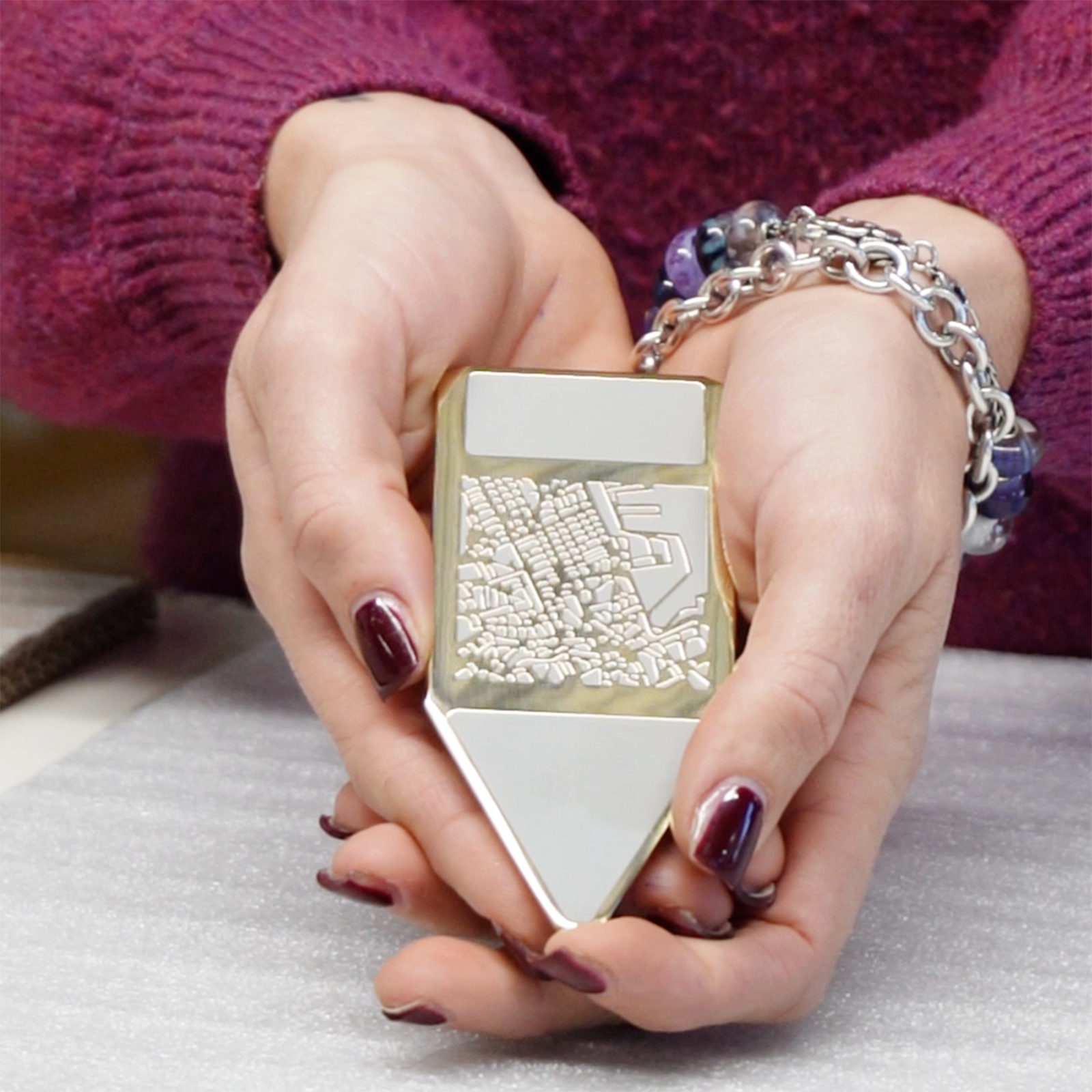
TRADITION.
TRADITION.
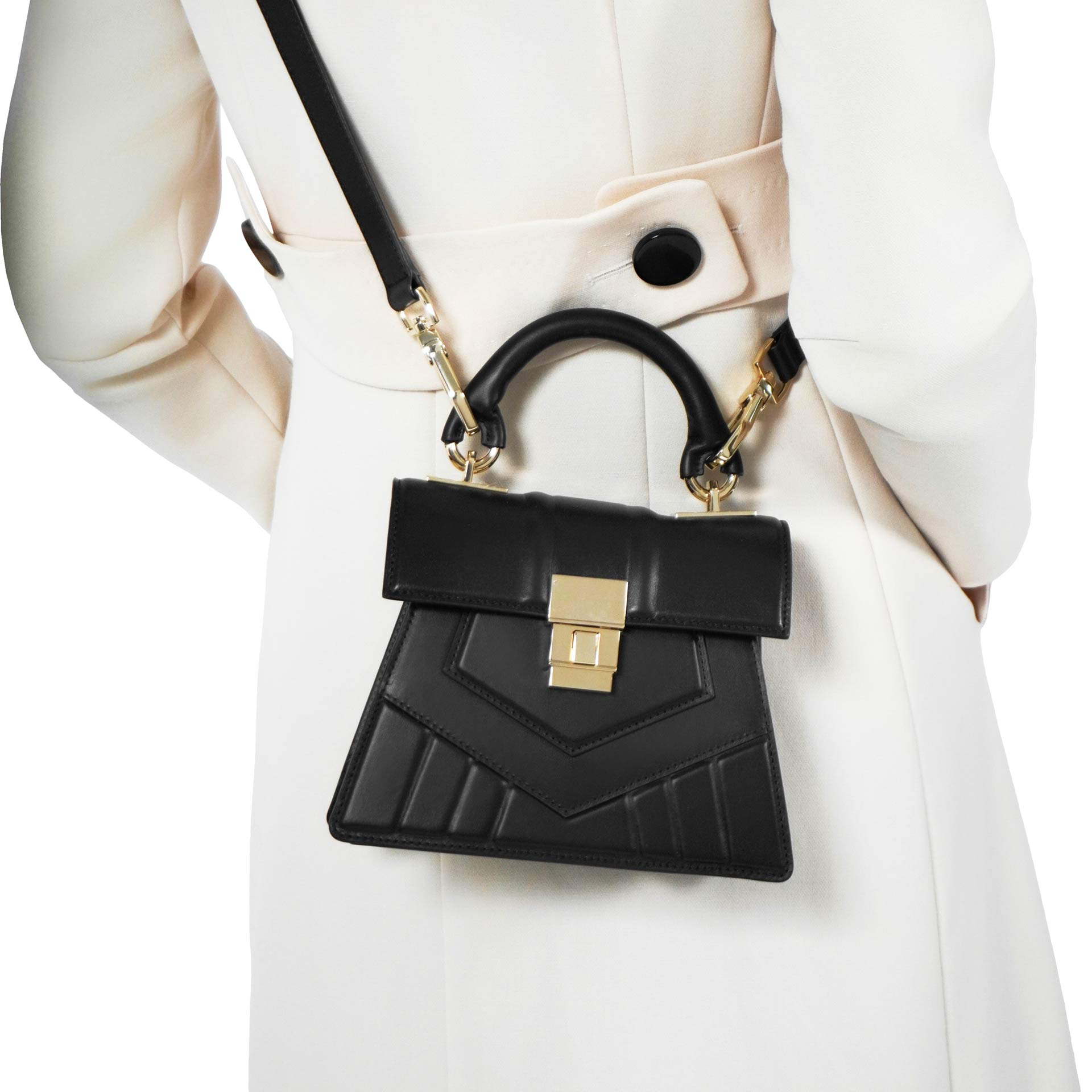
& MODERNITY.
& MODERNITY.
Send a message to Francesca Ferrara and Ernesto Graditi
Have some thoughts? Suggestions? Or just want to say hello?
Address your question to the designer directly, and we'll pass on your message.
Be sure to leave an email or a contact method, so they can get back to you.
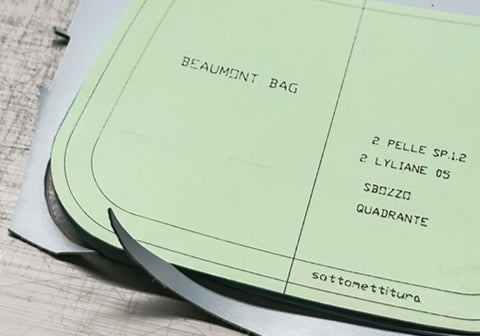
100% MADE IN ITALY
Handmade by master Italian craftsmen with rich heritage of producing for the world's biggest luxury brands
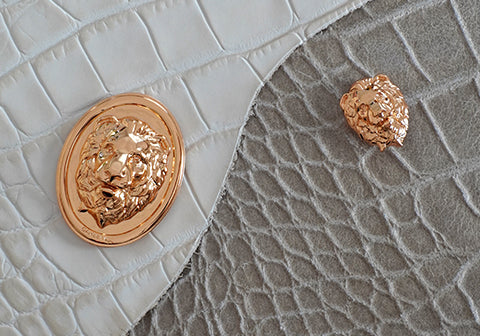
GLOBALLY CERTIFIED MATERIALS
Premium LWG-certified Italian calf leather.
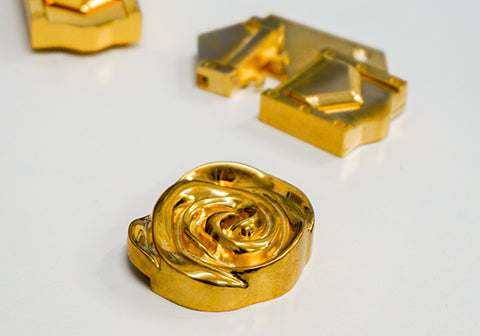
18K GOLD-PLATED ACCESSORIES
For added resistance to tarnish and protection against the elements for your day-to-day. Made to last.
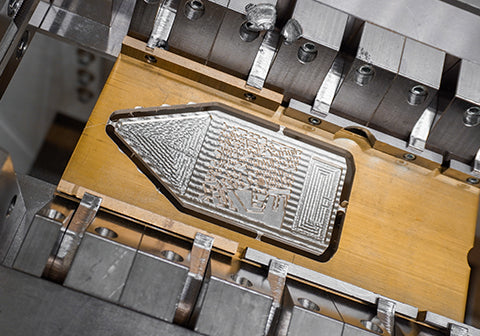
ONE OF A KIND DESIGN
Italian, French designed. Only on Vetrinamia.

